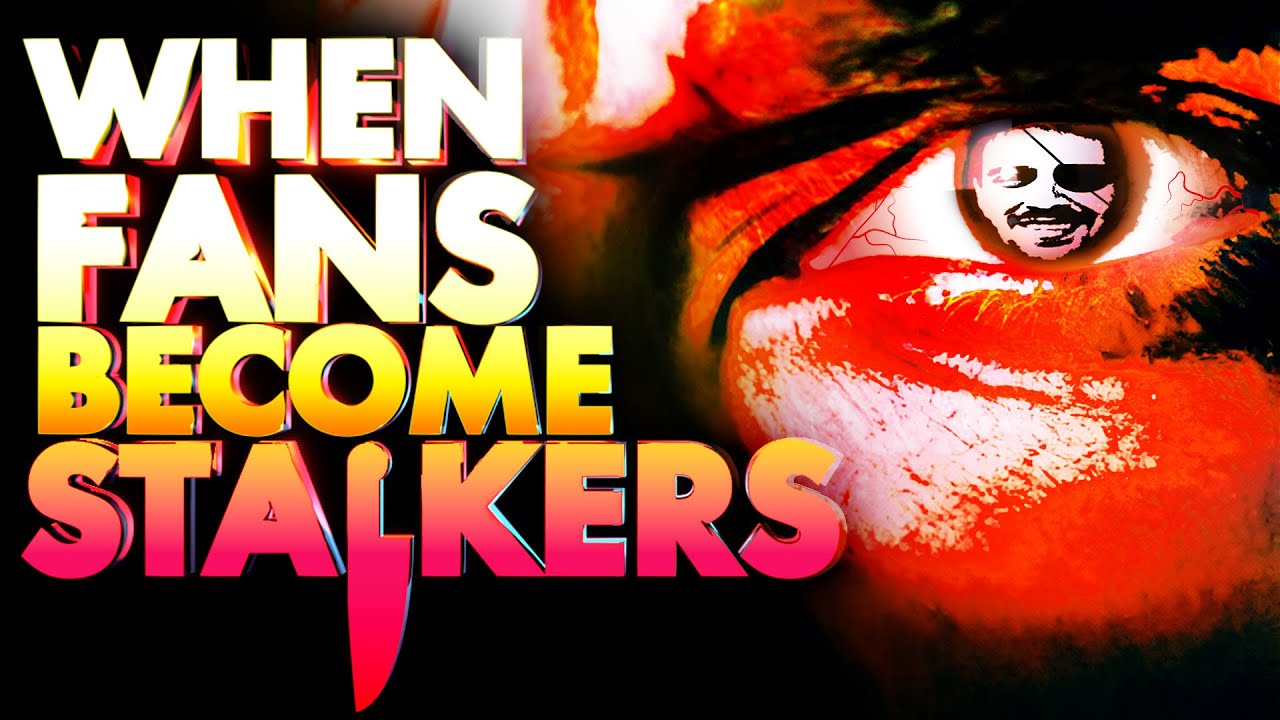

Didn’t know that the dreamcast version was superior. I’ll have to check that out.
I could be wrong but I don’t think that the decomp/recomp tools are available for Dreamcast the way they are for n64. Like if I want a game to run natively on Linux without an emulator whike doing things like raytracing then it seems like the n64 games would be where I’d have to start.
Unless there are decomp/recomp tools for the dreamcast?










I just disable all google apps i don’t need…I would uninstall them but im not rooted.